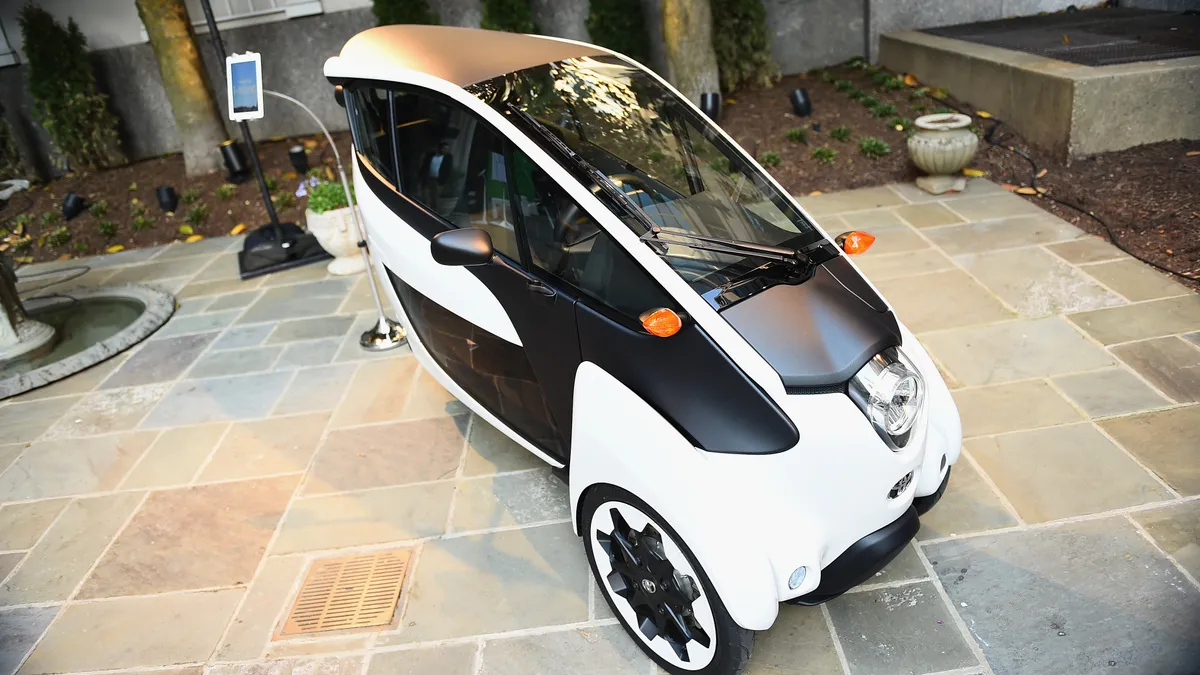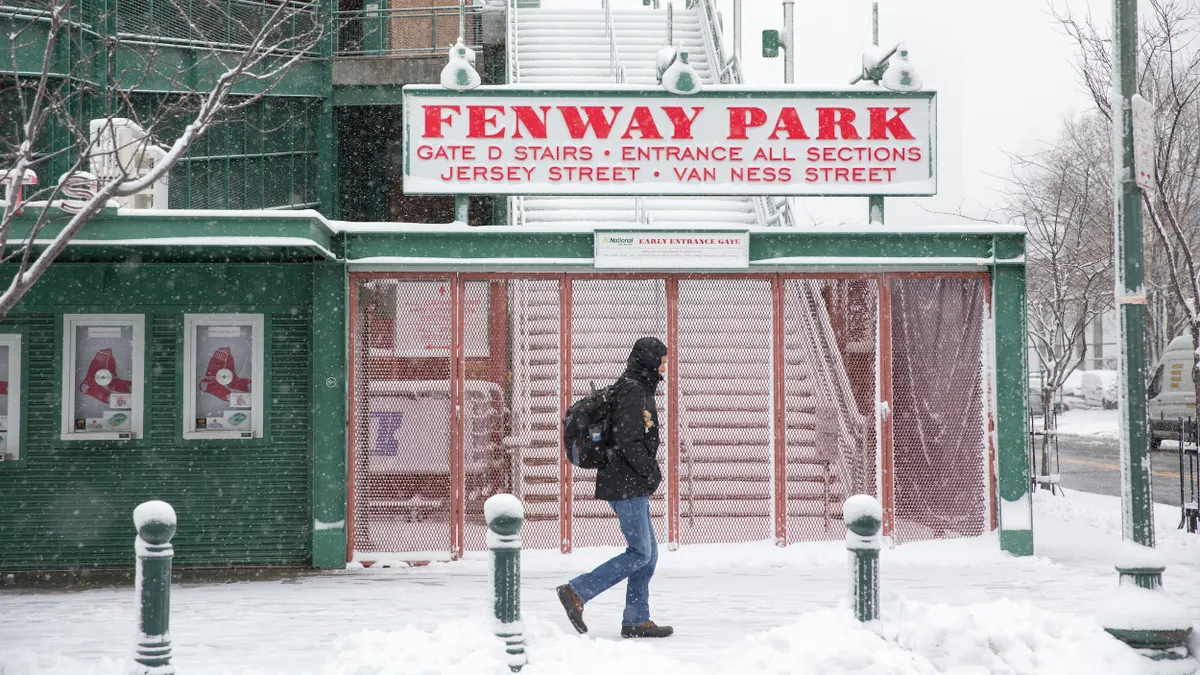By 2030, a burgeoning $100 billion global industry could bring small, slow passenger vehicles, or minimobility, to U.S. roadways. Proponents envision these vehicles hitting the sweet spot for when a traveler needs more passenger or cargo space or more protection from the elements than you find with two-wheeled micromobility vehicles like electric bikes and scooters but less than full-sized cars and trucks.
According to a September report by the McKinsey Center for Future Mobility, which surveyed 26,000 road users across eight countries, including the U.S., 30% of respondents would consider using minimobility options like three- or four-wheeled electric vehicles fitting one to two people. Of the U.S. respondents, 26% expressed an interest. The report states these options would be cheaper, consume less space, and have more parking options in urban cores than traditional cars and trucks. Slower maximum speeds — 15-56 miles per hour — and higher visibility mean they would also be a safer option to share the road with pedestrians and micromobility users.
In 2020, the city of Milton, Georgia, revised an ordinance to allow golf carts on public streets as long as the road’s speed limit is 25 miles per hour or below and the road is not a state route. In 2023, the city plans to launch a registration process for personal vehicles such as golf carts. Drivers will pay a nominal fee and pledge that their vehicle meets city standards and drivers will abide by appropriate laws, according to the city’s communications director, Greg Botelho.
Botelho said the city plans to build several multi-use paths that can accommodate golf carts. The biggest impact on golf cart policies is geography, he added. Most of the land in Milton is in lots of one or more acres, where golf carts aren’t a great fit, but downtown, alternative transportation methods make more sense, he said.
“Connectivity is an important part of the City’s plans for its downtown area,” Botelho said in an email. “This includes adding more, better, safer ways for people to walk, ride bicycles, and utilize other modes of transport beyond larger cars and trucks, including golf carts.”
In most U.S. cities, regulations for minimobility are nonexistent or inconsistent, according to David King, associate professor at Arizona State University’s School of Geographical Sciences and Urban Planning, which can impede the growth of this transportation mode.
“People need dedicated space to safely use these vehicles. It’s as simple as that,” wrote King in an email. Since these vehicles are already cheaper than traditional cars and SUVs, King said financial incentives could help spur their use, but they’re not critical. Instead, safety-focused infrastructure changes should be at the forefront for city officials and planners.
The regulatory framework for minimobility is “all piecemeal, and generally places the onus on the new travel mode to prove that it can work with SUVs and cars,” King wrote. “We need a new approach to vehicles that preserves the accessibility of autos but improves the climate, safety and noise issues.”
Frank Scott Jr., president of the African American Mayors Association and the mayor of Little Rock, Arkansas, said Little Rock is increasing pedestrian walkways, bike lanes and e-scooter use but has yet to regulate tiny cars. Instead, the city is looking at growing the city’s electric vehicle fleet through the Biden administration’s infrastructure law funding, which Scott says could pave the way for minimobility.
Scott said micromobility use, such as e-scooters, has pushed Little Rock to start reviewing its urban speed limits, which also could pave the way for allowing minimobility vehicles and tiny cars.
“We have a number of people using Uber or Lyft, and we don’t need large vehicles to do that,” said Scott. “Tiny cars are better for the environment and make travel more mobile, too.”
Kevin Krizek, professor of environmental design at the University of Colorado-Boulder, who has studied transportation design for 20 years, said cities looking to overhaul the traditional model of street use could look to Denver, where residents have already redeemed over 4,700 e-bike vouchers through a popular rebate program that launched nine months earlier.
Encouraging the adoption of more minimobility and micromobility vehicles requires infrastructure solutions like additional space for storage and charging capabilities, Krizek said, but the bigger issue is reshaping cultural mindsets toward how street systems are developed and regulated.
“You want something [designed] where you won’t feel completely overpowered at any intersection on any particular stretch of road. If you feel susceptible or unsafe at any intersection, that’s a showstopper,” said Krizek.
King noted that, while there are no best practices yet for cities or states on implementing minimobility, vehicle weight taxes could create incentives for the use of smaller vehicles. Other easy gains in existing transportation systems can come from lower speed limits, according to Krizek.
“If we bring everybody’s speed down on most streets in cities to 20, maybe 25” miles per hour, said Krizek, “That's going to be a huge move towards people’s willingness to accept this change.”
Speed limit pilot programs, popularly known as “20 Is Plenty,” are growing in cities nationwide, including Madison, Wisconsin; Tacoma, Washington; and Eugene, Oregon. In 2021, the Denver city council voted almost unanimously to lower the city’s default speed limit from 25 to 20 miles per hour, and Washington, D.C., made that change in 2020.
“Society has been programmed to think cities are supposed to operate under the guidance of vehicles the size of cars,” Krizek said. “If we could shrink that by a third to vehicles the size of Christmas trees and give those vehicles priority, we could do a lot with our existing resources.


















